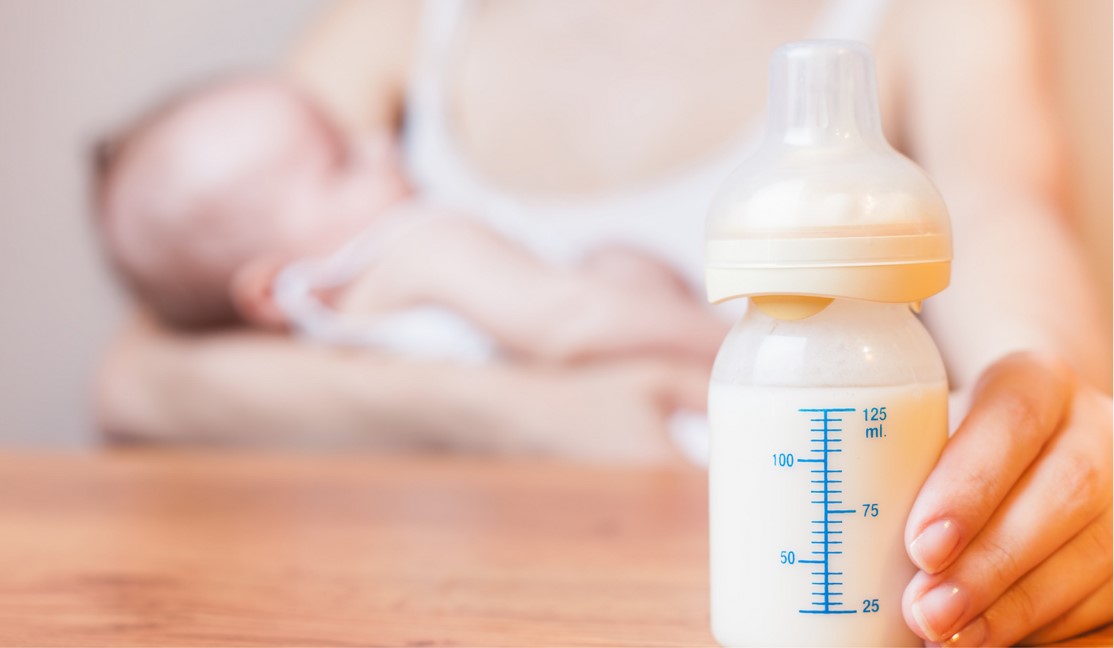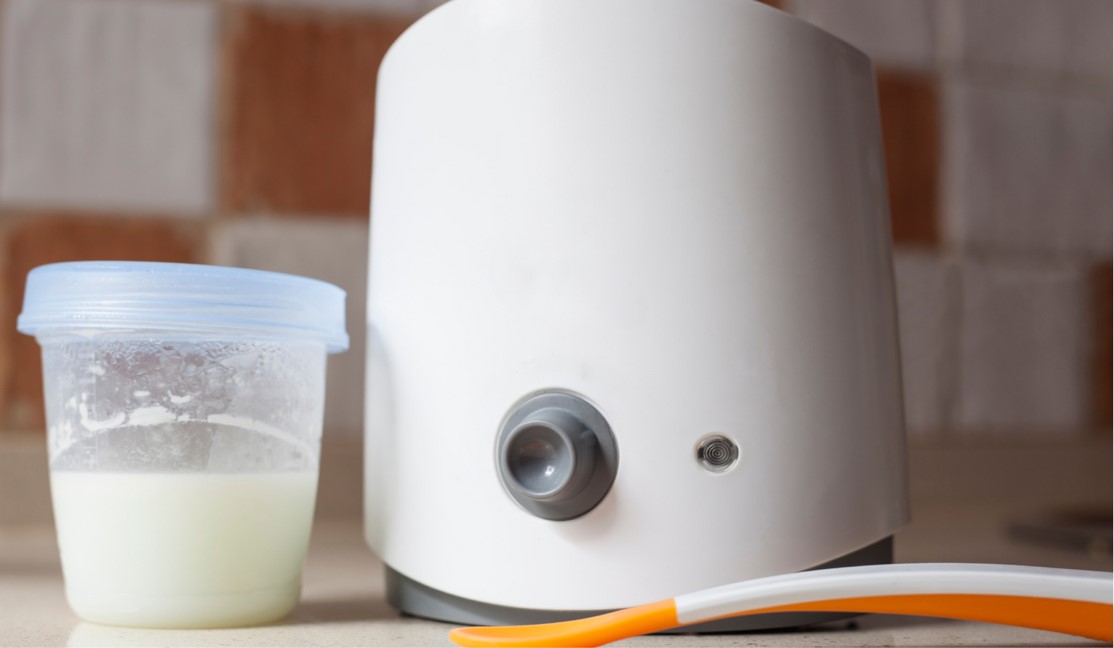Breast milk has a very complex nutritional profile that supports your baby’s needs. Macronutrients, micronutrients, hormonal growth factors to support their development as well as white blood cells, antibodies, and stem cells to provide them with protection from disease and infection.
Because breastmilk has not been commercially treated or homogenized, the fat component may float to the top while denser proteins, sugars, and vitamins settle at the bottom, creating a translucent layer. Many new parents are given the advice that breast milk should never be shaken when reconstituting, only swirled, as shaking degrades the nutritional content of breast milk. This is however untrue, and there is no scientific research to support the idea that shaking can damage breast milk.
This article contains information on the differences between shaking and swirling breast milk bottles, and some of the science behind why both methods are safe and healthy for your baby.
Should You Shake or Swirl Breast Milk Bottles?

Unlike cow’s milk, human breastmilk is not often subjected to commercial processing such as homogenization and pasteurization. If breast milk is left to sit on a counter or in the fridge, its fat component will usually separate and float to the top.
When breast milk separates, it needs to be reconstituted in order to evenly distribute the nutrients throughout the liquid. The simplest way to achieve this is to agitate the contents by shaking or swirling the breast milk bottle.
Neither method has been proven to be better than the other. The important thing is that you are able to incorporate the fat back into the rest of the liquid. If the breast milk fails to homogenize or if fat particles are still visible after shaking and swirling, it could mean that it has gone bad needs to be thrown out.
It is possible that shaking breast milk will introduce a large number of air bubbles. If your baby is prone to gas or colic, you may want to avoid shaking and stick to swirling or even stirring instead, and let the milk sit for a few minutes to allow air bubbles to disperse.
Many new parents are given the advice not to shake breast milk bottles. There are 2 commonly stated reasons when people say breast milk should not be shaken which are listed here:
“Shaking can denature the proteins in breast milk.”
Denaturation occurs when proteins lose their shape. Because a protein’s shape dictates its function in the human body, denatured proteins lose their functionality. Proteins can be denatured through everyday activities, such as heating (like in cooking meat), altering pH levels (like how lemon juice curdles milk), and by vigorous shaking or agitation (like when whipping egg whites).
While it is true that shaking can potentially damage the proteins in breastmilk, you would have to be shaking the bottle incredibly hard to do so, as studies such as this have found. Think of how much effort it takes to hand whip heavy cream or egg whites. Lightly shaking to re-homogenize breast milk bottles will not be enough to hurt your breast milk’s nutritional value any more than swirling will.
“Shaking can damage cells and fat globules.”
Shaking breast milk can create a shearing force which at high levels can damage human and animal cells. However, cells found in breast milk, such as white blood cells and the good bacteria that establish your baby’s gut microbiome are resilient enough to withstand the shearing caused by shaking a bottle for a few seconds.
All day, our blood cells, including ones like the white blood cells found in breast milk, are exposed to a shearing force, because of their continuous movement through the blood vessels. The cells in breast milk are naturally exposed to shearing force as well, regardless of being shaken or not, such as during the suction effect created by a pump flange or your baby’s mouth to express milk from your breast.
How to Get Breast Milk to Mix Better

Breast milk bottles that have been refrigerated or thawed after being frozen may be more difficult to mix than newly expressed breast milk. Warming the bottle by placing it in a bowl of hot water or a bottle warmer will help the breast milk homogenize quicker with less shaking.
If you are preparing breast milk to be used later in the day, defrost the bottle under cold water instead to help it mix better later on.
If there is fat stuck to the sides of the breast milk bottle, use a small spatula or baby spoon to gently scrape the sides of the bottle and stir with the same spoon or spatula. Avoid using sharp objects which could damage the bottle to scrape the sides.
Can You Shake Breast Milk Bottle? Final Words
With all of its complexities, breast milk is much more resilient than most people would believe. As long as proper storage and handling techniques are followed, shaking, swirling, or any other method of mixing should not affect the nutritional integrity of breast milk.
There is not enough research to determine exactly how hard you can agitate breast milk before its proteins become denatured, but it will take a much larger amount of force than a human arm can generate in a reasonable amount of shaking or swirling. Just to err on the side of caution, use gentle force when shaking or stirring breast milk bottles.